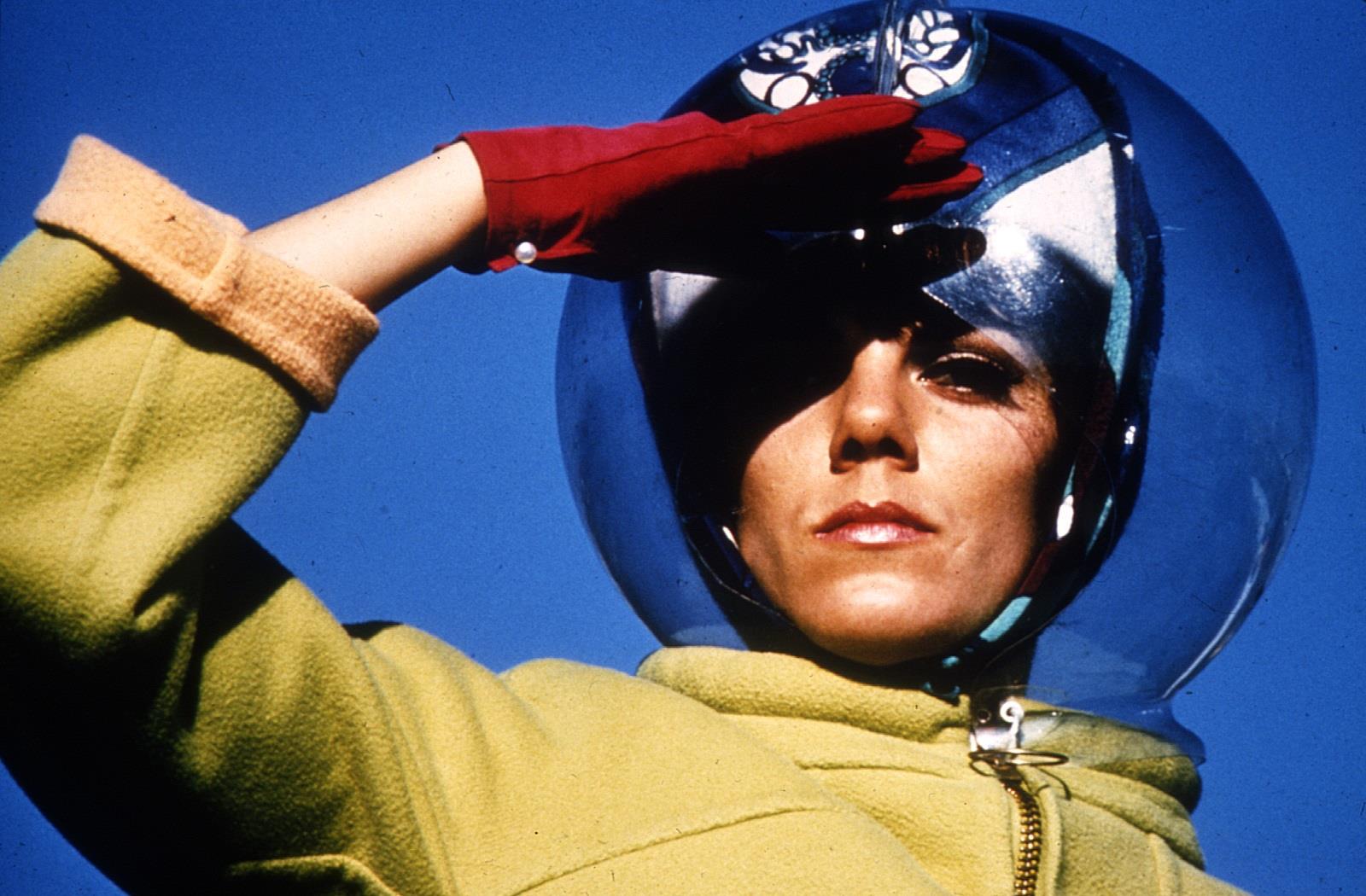While the staff at Skycap News likes to keep our readers up-to-date with current aviation happenings and trends, we feel it important to pay tribute to airlines and travel of the past. Rest assured, events of the past still somehow impact and shape our daily travel routine. This writer vividly (pun intended) recalls picking up relatives traveling from Mexico City at the old Kansas City Municipal Airport flying on Braniff International Airways. What amazing “Brady Bunch” colors!
History of Braniff International Airways

The history of Braniff International Airways can be traced back to Paul Braniff who founded Braniff Airlines in 1931. During its inaugural year, it began flying both post and passengers. Braniff then purchased Mid-Continent Airlines in 1952 allowing them to further expand passenger routes and position the company for growth into the 1960s and beyond.
Unfortunately, Braniff “bit off more than it could fly” and ran into significant problems meeting passenger needs and expectations. This was as a result of airlines not keeping up with aging propeller-based aircraft, marginal customer care, and not investing in newer jet aircraft. Adding insult to injury, Braniff was known for an unacceptable “on-time” record as well as the propensity to cancel flights “for no apparent reason” altogether.

1965 saw Braniff undergo a much-needed management change by selecting a new President coupled with modernization of aircraft with vibrant paint schemes. Braniff also performed an “extreme makeover” on their terminals and revolutionized stewardess (current day flight braniff airlines flight attendants for the younger generation) apparel through the rest of their existence. Who can ever forget the Braniff Stewardess Uniforms designed by Emilio Pucci?

With all of these changes, there was no better time than to embark on an entirely new marketing strategy. Braniff purchased new jets and developed their “signature pallet” of seven (7) pastel colors that now scream late 60’s early 70’s. They also produced some of the finest ad campaigns and commercials of the era. This approach was overall warmly received by the traveling public both business and personal and lifted Braniff back into a competitive commercial carrier.

The mid-1970s saw Braniff increasing their passenger traffic by roughly forty percent. However, this growth was a blessing and a curse as “Airline Deregulation” spelled a turbulent ride for Braniff and several other now-storied airlines. This act passed in 1978 enabled the airlines to pick and choose passenger routes as well offering faster expansion and contraction as the market would allow. Braniff as with all of the carriers did their best to take advantage of this new opportunity.

Braniff took on several new traveled paths that proved to be uber-competitive, driving cost and revenue down significantly. The airline bought new jet aircraft, opened new terminals, seeing its payroll increased by twenty-five percent. The Airline Deregulation Act brought about a price war between the airlines competing for passenger dollars. It was truly “survival of the fittest!” Braniff tried to remain competitive on newly opened international routes but, ultimately failed. How many of you ever flew on the Concorde, let alone the Braniff International aircraft?
When did Braniff go out of business?

It didn’t take long for several airlines including Braniff to find out just how true the old adage can be; “Be Careful What You Ask For!” Deregulation proved to be a slow death as Braniff had great trouble competing in multiple airline price wars and higher fuel prices. The extensive capital investments made prior to the passage of this legislature did not bode well for the airline either. The end result was lower passenger ticket sales and lost revenue and in May of 1982, Braniff declared bankruptcy and closed its hangar doors.

Braniff reopened in 1983 and in 1991 but, many choose to forget those (same name different regime) aborted take-off attempts. Suffice it to say that air travel had forever changed by the early 1980s and Braniff simply could not adapt to the new environment, on the ground or in the air. It was indeed a blow to the airline industry from a “legacy” viewpoint and unfortunately, was the start of things to come as other airlines folded, merged, or were bought for pennies on the dollar. Longtime airlines such as Pan Am and TWA (in their original incarnations) are now solely a part of aviation history.

Without question, the Airline Deregulation Act of 1978 forever changed the travel industry. Some companies barely survived the onset (and ultimately failed), while others more adaptive to change and opportunity thrived. Shortly after passage, enhanced computer reservation systems (CRS) and code sharing were launched during the new wave of technology. These advancements are still with us and paved the way for the web-based systems many of utilizing on a regular basis.
Admittedly, the favorite innovation by everyone (and probably most readers too) at Skycap News was a newfound way of earning free flights and elite-level perks. Next time you are on a flight racking up those frequent flier miles, you can thank Airline Deregulation Act for allowing the airlines to embark on new creative ways to gain passenger share and loyalty. Enjoy those frequent flier miles, everyone. Safe Travels!
FAQs
Who bought braniff airlines?
Braniff Airways was a United States airline founded in 1928. The airline ceased operations in 1982. A group of investors tried to buy Braniff in 1988, but the government denied the sale. The Braniff brand name was then acquired in 1989 by businessman, Robert L. Crandall. He tried to relaunch Braniff, but the airline never returned to the sky.
